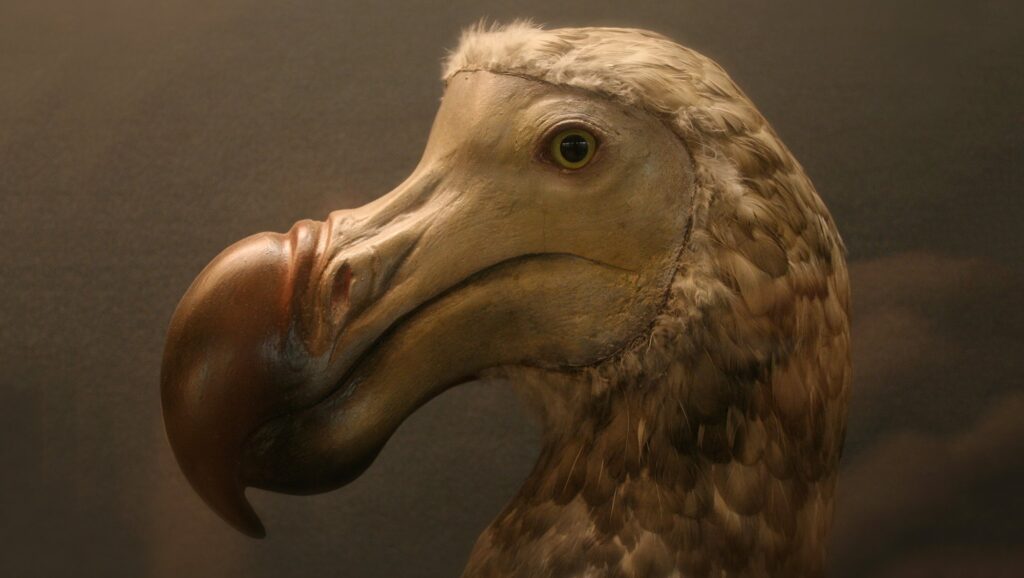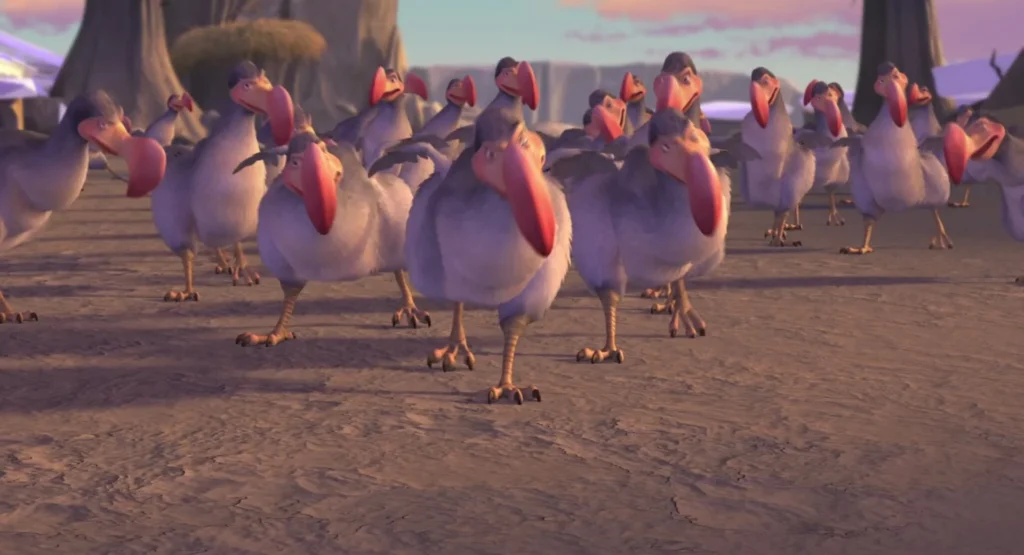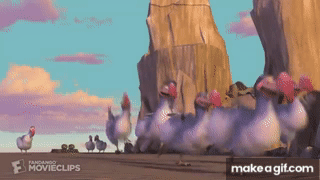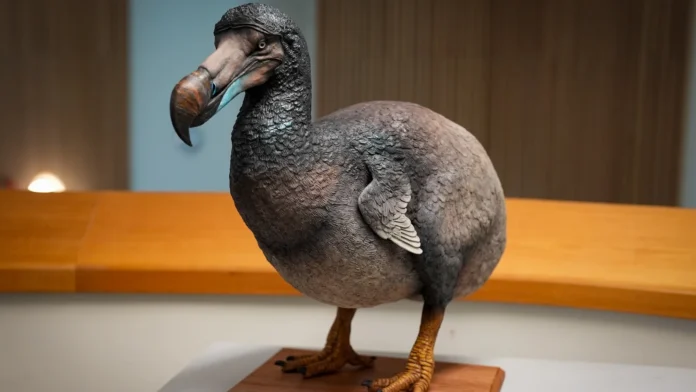The dodo bird, once roaming the lush forests of Mauritius, stands as the world’s most haunting emblem of extinction. For centuries, the tale of the dodo’s demise has been shrouded in myths of stupidity and clumsiness, while the real villains, human impact, invasive species, and environmental neglect, have lingered in the background. As scientific revelations dispel old misconceptions, the true story of the dodo offers urgent lessons on ecology, conservation, and the fallibility of popular narrative.

The Dodo: An Icon on an Isolated Island
Native to Mauritius in the Indian Ocean, the dodo (Raphus cucullatus) was a flightless bird with no natural predators before humans arrived. Standing about a meter tall and weighing between 23-40 kilograms, dodo birds evolved in isolation, developing fearless curiosity and a sturdy build adapted for ground foraging. Their fate was sealed not by any intrinsic flaw but by the whims of outside forces.
Setting the Stage for Extinction: Human Arrival and Aftermath
Portuguese sailors first encountered the dodo birds around 1507. Subsequently, Dutch settlers followed, rapidly altering the island ecosystem. These newcomers hunted the dodo bird for food, but the direct impact of hunting was relatively limited due to the small number of settlers before the bird’s extinction. In truth, the most damaging repercussions came in far subtler forms:
- Habitat destruction: Vast swathes of Mauritius’ forests were felled for settlements, plantations, and firewood, erasing the dodo’s feeding and nesting grounds.
- Invasive species: Humans introduced pigs, monkeys, rats, and cats, which preyed on dodo bird eggs and competed for resources, largely decimating the bird’s population and reproductive capability.
Within two centuries of human contact, the dodo was gone, with the last credible sighting recorded in 1681.
Debunking the Myth: The Dodo Was Not “Stupid”
Despite the persistent cultural stereotype, scientific research has shown that the dodo was far from the waddling buffoon of folklore. Recent studies on preserved dodo remains indicate the bird was likely fast and powerful, possessing strong legs for running and an active, inquisitive nature suited to its predator-free environment.
- The notion of dodos as “dumb” stems from their lack of fear around humans, a trait perfectly logical for a species unacquainted with mammalian predators.
- Their supposed “slowness” is a myth propagated by unreliable early accounts and exaggerated drawings.

Far from predestined for extinction, the dodo bird was a well-adapted survivor in its original ecosystem until outside forces disrupted the balance.
The Ecological Ripple Effect of Extinction
The loss of the dodo had repercussions that extended beyond its own species. Certain endemic plants, such as the “dodo tree” (Sideroxylon grandiflorum), also declined, likely due to the absence of the bird’s seed-dispersing habits.
Mauritius’ entire ecosystem suffered, illustrating how the elimination of a single key species can send shockwaves through a habitat.
Human-Caused Extinction: A Global Crisis
The dodo’s tale is not an isolated incident humans have caused the extinction of over 1,400 bird species, with similar patterns repeating on islands worldwide. Overhunting, habitat destruction, and invasive species eradicated not only the dodo but also relatives like the Rodrigues solitaire and Réunion solitaire.

The dodo’s story is a precursor to today’s biodiversity crisis and underscores the continuing threat presented by human activity to vulnerable ecosystems.
The Dodo’s Legacy in Science and Culture
Today, the dodo bird is etched in public memory as a warning of preventable loss. It also demonstrates the dangers of letting myths obscure scientific truths. The reinterpretation of the dodo’s nature from “stupid victim” to ecological casualty reminds society of its responsibility to endangered species worldwide.
Conservation Lessons for the Future
Recent interest in “de-extincting” the dodo with genomic technology reflects humanity’s hope to rectify past mistakes, but it cannot replace habitat or ecosystem restoration.
The priority now must be to protect extant species from the fate of the dodo bird by controlling invasive species, preserving habitats, and heeding ecological science.
Also Read: Global Soup Etiquettes: How To Eat Soup Politely Around The World
The dodo’s extinction was no accident of nature, nor was it the fate of a foolish creature; it was the direct result of unchecked human interference. Its misunderstood tale endures not just as a curiosity, but as a clarion call to rethink humanity’s relationship with the natural world. Learning from the dodo’s fate, society may yet steer away from further tragedy if the lesson is heeded.

This dramatic retelling of the dodo’s final days spotlights the real lessons behind extinction that are still vital for today’s threatened wildlife.
FAQs
Q1. Why did the dodo bird go extinct so quickly?
The dodo bird vanished rapidly after human arrival due to hunting, habitat destruction, and new invasive animals that ate its eggs and outcompeted it for food.
Q2. Was the dodo really stupid?
No; the dodo’s lack of fear was an evolutionary trait for a predator-free island, not a sign of stupidity.
Q3. Did only hunting cause the dodo’s extinction?
Hunting alone did not wipe out the dodo bird ecosystem changes and invasive species had a greater impact.
Q4. Is the dodo’s extinction unique?
No; many island birds have gone extinct due to the same human-driven causes as the dodo.
Q5. Can the dodo bird be brought back?
While scientists are exploring de-extinction, simply reviving the dodo bird won’t resolve bigger ecological issues unless habitats are restored.


